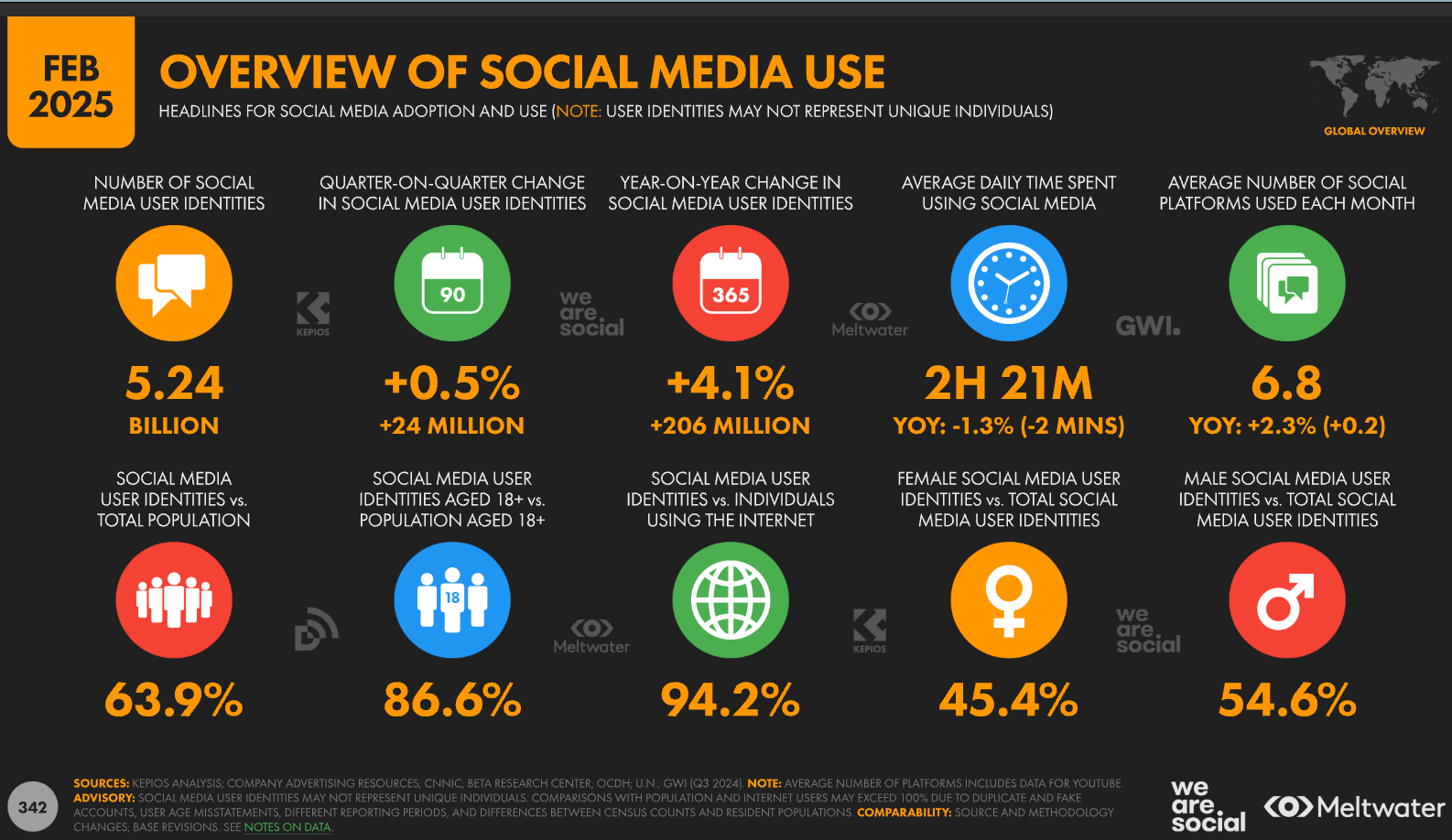OCEAN
Attenborough is 98, but Butfield, his longtime collaborator and the author of the bestselling Earthshot: How To Save Our Planet, knows the drill, so his mentor’s voice shines through. Readers will enjoy this paean to the ocean’s beauty and weirdness despite quickly realizing that the authors ignore the natural history tradition of saving bad news for the conclusion. It’s a bumpy ride. It’s no secret that water covers 70% of the planet, but most readers are unaware that 95% of the biosphere (regions where life exists) is under water. Until the 19th century, scientists believed that nothing lived below about 600 feet, where sunlight cannot penetrate. In fact, life flourishes there. The ocean averages two miles in depth and seven miles at its deepest point. Life exists to the very bottom; although our last unexplored wilderness, it is definitely not unspoiled. The book follows the format of an Attenborough documentary, with expressions of wonder at the sights and lucid explanations of what needs explaining: vast kelp forests, coral reefs, seamounts, and polar ice, all perhaps richer in life than the continents because they exist in three dimensions. This includes the largest animal that has ever existed, the blue whale, almost exterminated by 1950 but probably recovering, down to trillions of krill, tiny crustaceans consumed by whales, fish, birds, and massive factory ships that vacuum them up for pet food and fish oil tablets. Few readers will be surprised to learn that overfishing is rampant, deep-sea mining seems just around the corner (the entrepreneurs promise to be careful), and global warming is heating the oceans. The authors describe conservation efforts that have slowed some malignant activities and protected huge areas, but too many involve international agreements that are unenforceable.


Attenborough is 98, but Butfield, his longtime collaborator and the author of the bestselling Earthshot: How To Save Our Planet, knows the drill, so his mentor’s voice shines through. Readers will enjoy this paean to the ocean’s beauty and weirdness despite quickly realizing that the authors ignore the natural history tradition of saving bad news for the conclusion. It’s a bumpy ride. It’s no secret that water covers 70% of the planet, but most readers are unaware that 95% of the biosphere (regions where life exists) is under water. Until the 19th century, scientists believed that nothing lived below about 600 feet, where sunlight cannot penetrate. In fact, life flourishes there. The ocean averages two miles in depth and seven miles at its deepest point. Life exists to the very bottom; although our last unexplored wilderness, it is definitely not unspoiled. The book follows the format of an Attenborough documentary, with expressions of wonder at the sights and lucid explanations of what needs explaining: vast kelp forests, coral reefs, seamounts, and polar ice, all perhaps richer in life than the continents because they exist in three dimensions. This includes the largest animal that has ever existed, the blue whale, almost exterminated by 1950 but probably recovering, down to trillions of krill, tiny crustaceans consumed by whales, fish, birds, and massive factory ships that vacuum them up for pet food and fish oil tablets. Few readers will be surprised to learn that overfishing is rampant, deep-sea mining seems just around the corner (the entrepreneurs promise to be careful), and global warming is heating the oceans. The authors describe conservation efforts that have slowed some malignant activities and protected huge areas, but too many involve international agreements that are unenforceable.



















































![The 11 Best Landing Page Builder Software Tools [2025]](https://www.growthmarketingpro.com/wp-content/uploads/2024/04/best-landing-page-software-hero-image-1024x618.png?#)

































![What Is Generative Engine Optimization [Tips & Workflows To Do It]](https://moz.com/images/blog/banners/What-Is-Generative-Engine-Optimization-Tips-Workflows-To-Do-It-1.png?auto=compress,format&fit=crop&dm=1745607929&s=6f75f1f02c531af0f80acb12517c8bab#)


























![Social media image sizes for all networks [May 2025]](https://blog.hootsuite.com/wp-content/uploads/2023/01/Social-Media-Image-Sizes-2023.png)



![The fastest growing social media platforms of 2025 [new data]](https://53.fs1.hubspotusercontent-na1.net/hubfs/53/fastest-growing-social-media-platforms.jpg)




















